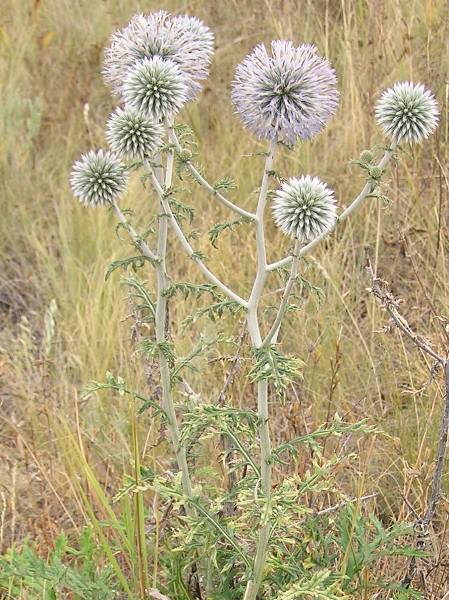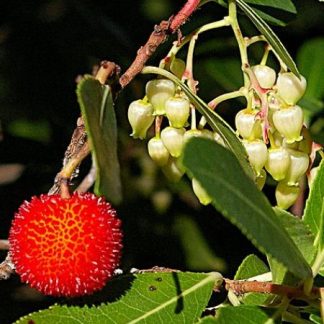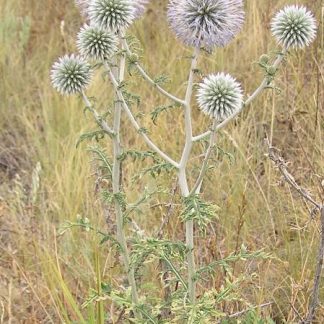Description
Asteraceae(family)
Forage for Pollinators: Produces mainly Nectar, and also some Pollen, in abundance for Long and Short-tongued Bumblebees and Honeybees (and known as Chapman’s Honey Plant), and has been grown field-scale as a honey crop, though it clear is extremely popular with all pollinators, including Hoverflies, Butterflies, Moths and Wasps, which can simultaneously feed from the flower heads, as nectar flows up each flower tube and spills into each top splayed part of the flower.
Flowering time: June, July, August, September
Growing information: HERBACEOUS PERENNIAL native to Spain and eastwards. This is a glandular, woolly plant which reaches on average 50–100 centimetres (20–39 in) high, to a maximum of 2 metres. Its erect, branching, slightly wrinkled and substantial stems bear large, soft, toothed and lobed leaves. Atop each stem is an almost perfectly spherical flower up to 6 cm in diameter, which is white or blue-grey, from which nectar is secreted in flower tubes 5-6mm deep. Would be ideal in a drift at the back of a large border or towards the edge of any apiary, and looks great naturalised in grassland especially with other summer-flowering bee plants. It is advisable to provide support for the tall stems if exposed to gales. Soil preferences: Well-drained/light, Clay/heavy, Moist, Sandy, tolerating acid or alkaline.





